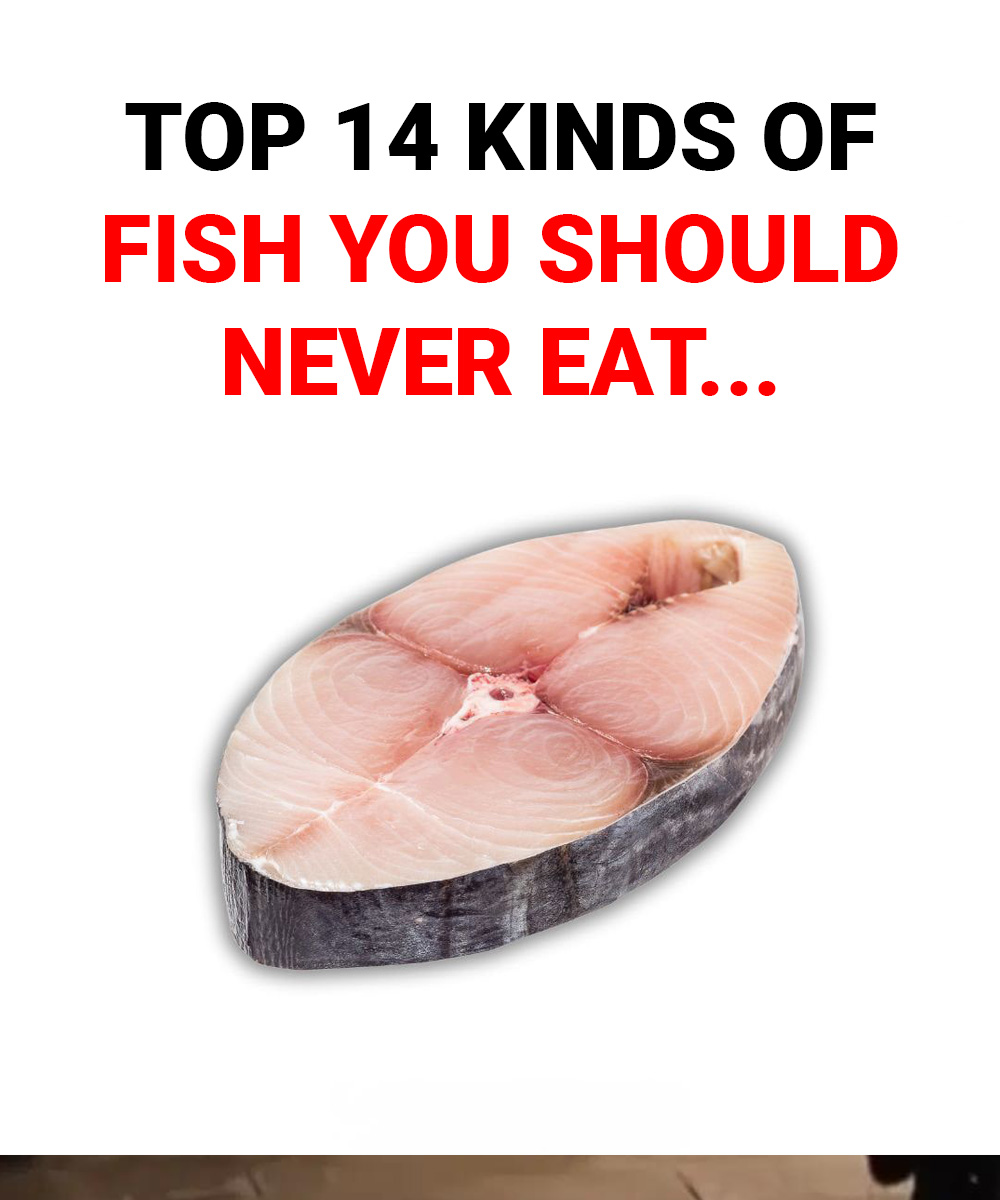This means that when smaller fish get eaten by gradually larger fish, the concentration of mercury at each level becomes greater. Consuming too much mercury can be not safe to your health, and cause mercury poisoning. For this reason, the US Food and Drug Administration (FDA) and the US Environmental Protection Agency (EPA) have issued guidelines regarding how much mercury is safe for humans to ingest, and the non-profit Environmental Defense Fund (EDF), provides suggestions for which fish you shouldn’t eat.
1. Tilapia
Did you know that in some regards, eating tilapia is worse than eating bacon? In fact, the shift to eating more farmed fish like tilapia is leading to highly inflammatory diets, according to a 2008 study published in the Journal of the American Dietetic Association.
Wake Forest University School of Medicine researchers say tilapia is one of the most widely consumed fish in America. The problem with that? It contains very low levels of beneficial omega-3 fatty acids and, perhaps worse, very high levels of inflammatory omega-6 fatty acids.
Sustaining high levels of inflammation in the body can worsen symptoms of autoimmune disorders and may be linked to chronic conditions like heart disease, cancer and diabetes.
If you must eat this fish, avoid tilapia from China, where farming practices are particularly worrisome. Better sources are the U.S., Canada, the Netherlands, Ecuador and Peru.
Of course, wild-caught tilapia is preferable to farmed fish but is very hard to find.
1.1 Atlantic Cod
The issue with Atlantic cod is more about the environment and fish populations than human health. This species has been heavily fished for over a thousand years, and by the late 1990s, the fishery collapsed. While fishing for Atlantic cod has significantly decreased since then, the population has had difficulty recovering. Experts agree that the collapse of the fishery has caused lasting changes to the North Atlantic food web, and the species is now classified as vulnerable to extinction.
2. Atlantic Flatfish (halibut, flounder, and sole)
This is yet another example of overfishing and waste. Commercial fisheries produce what’s known as “wasted bycatch,” which occurs when fish or other marine species are unintentionally caught while targeting different species. Every year, U.S. fisheries discard approximately 2 billion pounds of bycatch, which is the equivalent of half a billion meals! The California gillnet fishery, which focuses on halibut, has been singled out as one of the worst offenders. If you’ve eaten halibut in the U.S., there’s a good chance it came from this fishery.
3. Caviar
Caviar comes from the eggs of the Beluga Sturgeon, a centuries-old fish that can live for up to one hundred years. These eggs are in high demand and can fetch thousands of dollars per pound. As a result, the Beluga Sturgeon is now at great risk of extinction. The same threat applies to many other sturgeon species as well.
4. Chilean Bass
Its high mercury content poses a health risk to humans
5. Eel
Eels are slow to mature and have been overfished in many parts of the world, causing some populations to collapse. This is problematic as eels play an important role in spreading mussel populations, which act as natural water filters . In addition, eels absorb and store harmful chemicals and pollutants very easily. This is such a problem that in some areas residents are advised to eat eel no more than once per year.
6. Imported Basa, Swai, Tra, Striped Catfish
These fish, in some cases, are simply labeled “catfish”, and should be avoided. According to a 2016 study, seventy to eighty percent of these fish were contaminated by Vibrio Bacteria, which is what causes most cases of shellfish poisoning
7. Imported Farmed Shrimp
There are various pesticides that are used globally in shrimp production. All but one of them are banned in the United States. On top of that, these shrimps have often been treated with large quantities of antibiotics, and so any time you handle these raw shrimp you run the risk of being infected with antibiotic-resistant bacteria

14 Fish You Should Consider Never Eating
Pages: 1 2
